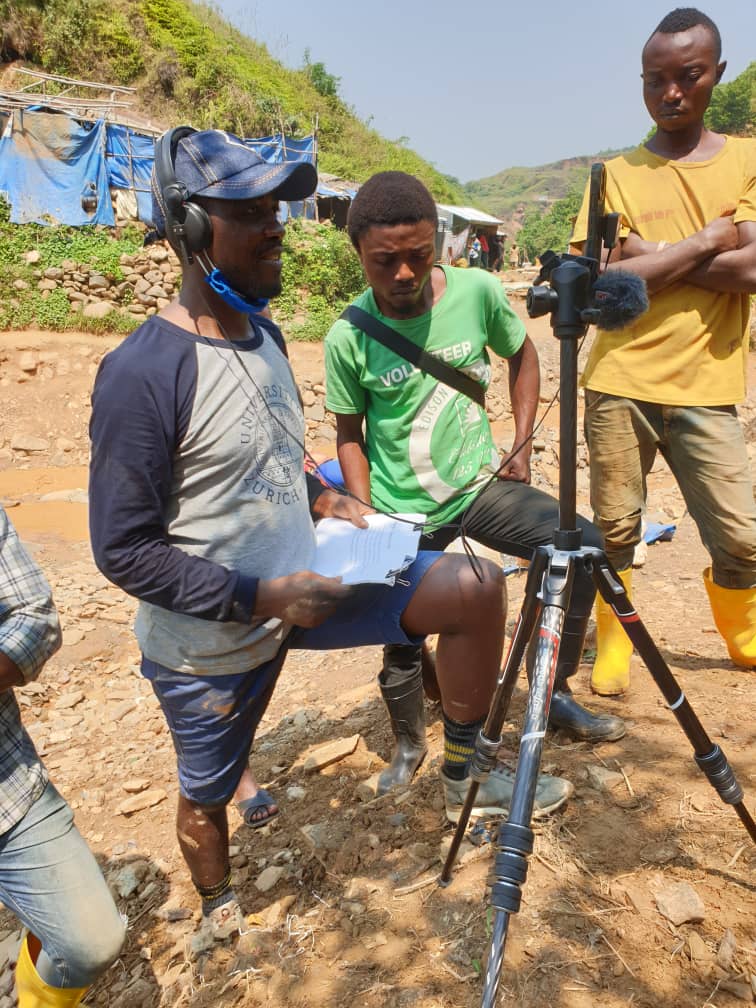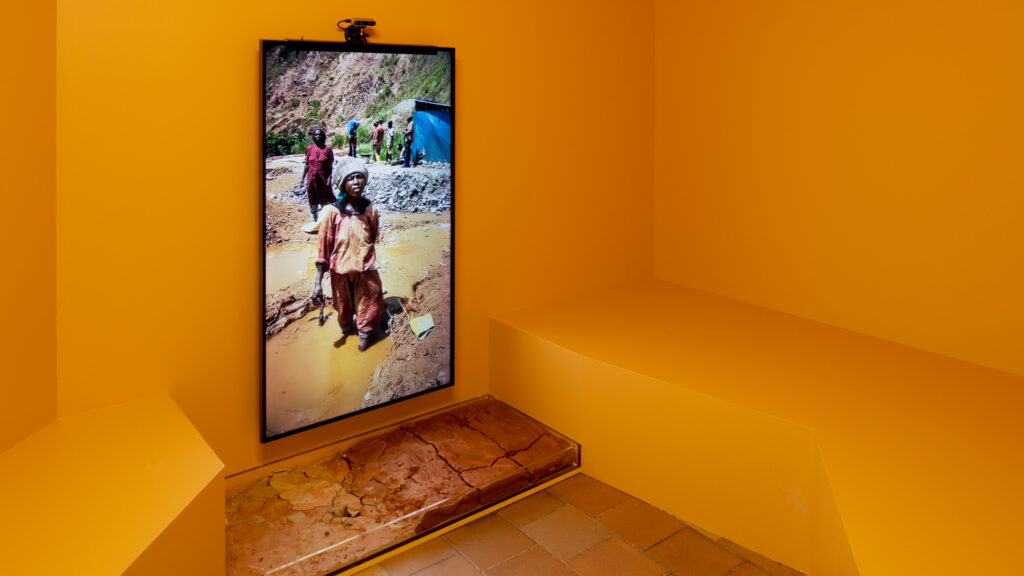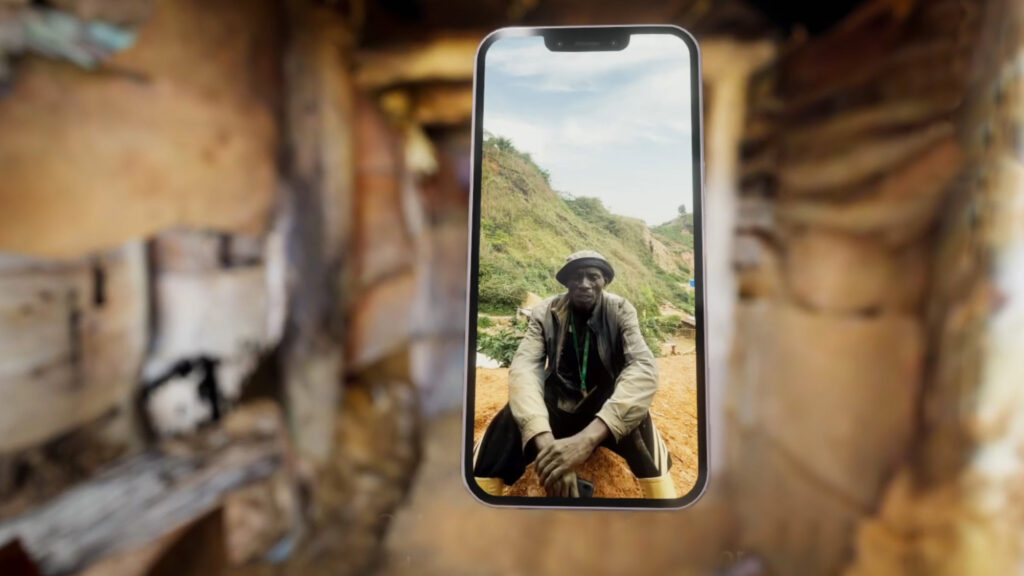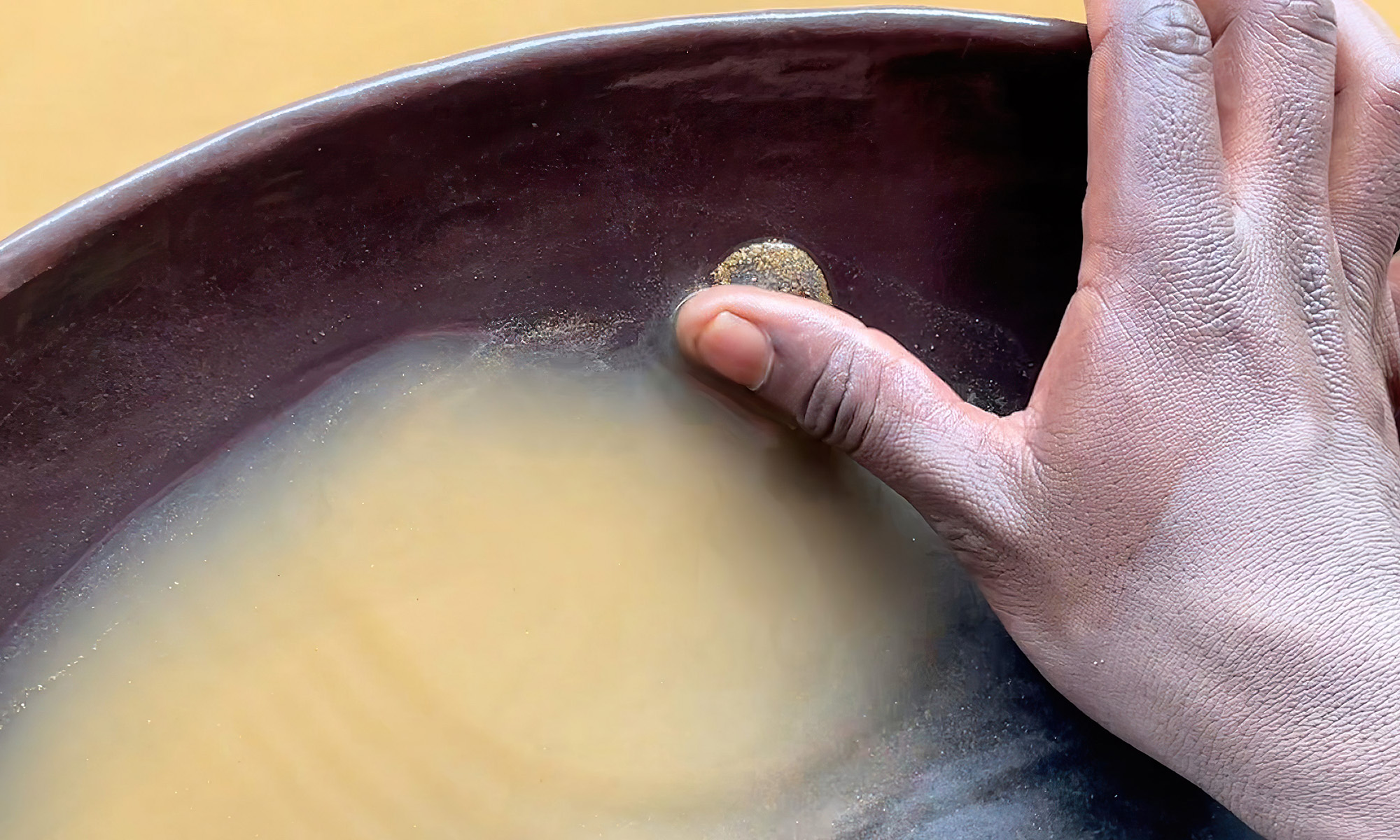The project Kamituga | Digital Gold involves recent research results from two different angles. The Political Geography group at the University of Zurich (Department of Geography) draws from a series of research projects about artisanal mining in Central Africa and the interconnected international supply chains. The Immersive Arts Space at Zurich University of the Arts explores new approaches to mediation through the use of cutting-edge technology.

The geography of artisanal gold mining
Despite its important contribution to the global digital economy, the gold business remains uneven and opaque. This is particularly problematic for global gold workers, around 80 percent of whom work in so-called artisan and small-scale mining in Africa, Asia and Latin America. Estimates vary greatly but overall, a total of 45 million workers across 60 countries are occupied in artisan and small-scale mining of different minerals. Goldmining entails about half the share of total workers. Between 10-50% are female and under-aged workers, with numbers varying widely across geographical areas. Women and children are usually occupied with the processing of the ore, while adult males are generally involved in digging it and control the mines. Around 150 million people around the world are estimated to be economically dependent on small-scale goldmining.
In the mines, accidents occur frequently and health conditions are poor due to exposure to mercury and dust. At the same time, mining provides an essential contribution to millions of livelihoods: artisan mining generates capital that is, in turn, invested into retail, real estate, restaurants and hotels and household consumption.
The research of the Political Geography Group (University of Zurich) focuses on small-scale gold mining in Africa. As many local and global aspects as possible are taken into account for a complex approach. Thus, in addition to the exploitative supply chains, the productive impacts on the local population are also investigated. The irony of digital gold being both an enabler and inhibitor of global privilege forms the central aspect of the project Kamituga | Digital Gold.

The discomfort with digital technology
The starting point for all digitally-based experiences designed by the Immersive Arts Space team are the photographs, videos and 3D scans that PhD candidate Gabriel Kamundala recorded in Kamituga in the summer of 2021, using a latest-generation smartphone. In this way, a ubiquitous device, itself containing gold and rare minerals, provides insights into the living conditions of artisanal mine workers and, at the same time, draws attention to the many challenges of the mobile tech industry.

With 3D scans and tracking, two aspects of new technology are highlighted in particular. Using the built-in scanner in his smartphone, Gabiel Kamundala was able to capture narrow mine tunnels and other spaces as digital 3D models. The scans serve as the basis for interactive, spatial experiences. The navigation required for this is based on body tracking. By their movements, visitors can navigate around the digital 3D space without having to rely on virtual reality goggles or other devices. At the same time, the simple tracking (without data storage) can raise awareness among the audience about increasingly omnipresent tracking methods.
The project design raises fundamental questions: Does it make sense to use an energy-intensive technology that requires significant amounts of rare minerals and gold in order to depict and raise awareness of the issues accompanying the extraction of these very minerals? In any event, the chosen concept places emphasis on the contradictions and thus aims to make the resulting discomfort of the viewers the starting point for an increased awareness.
